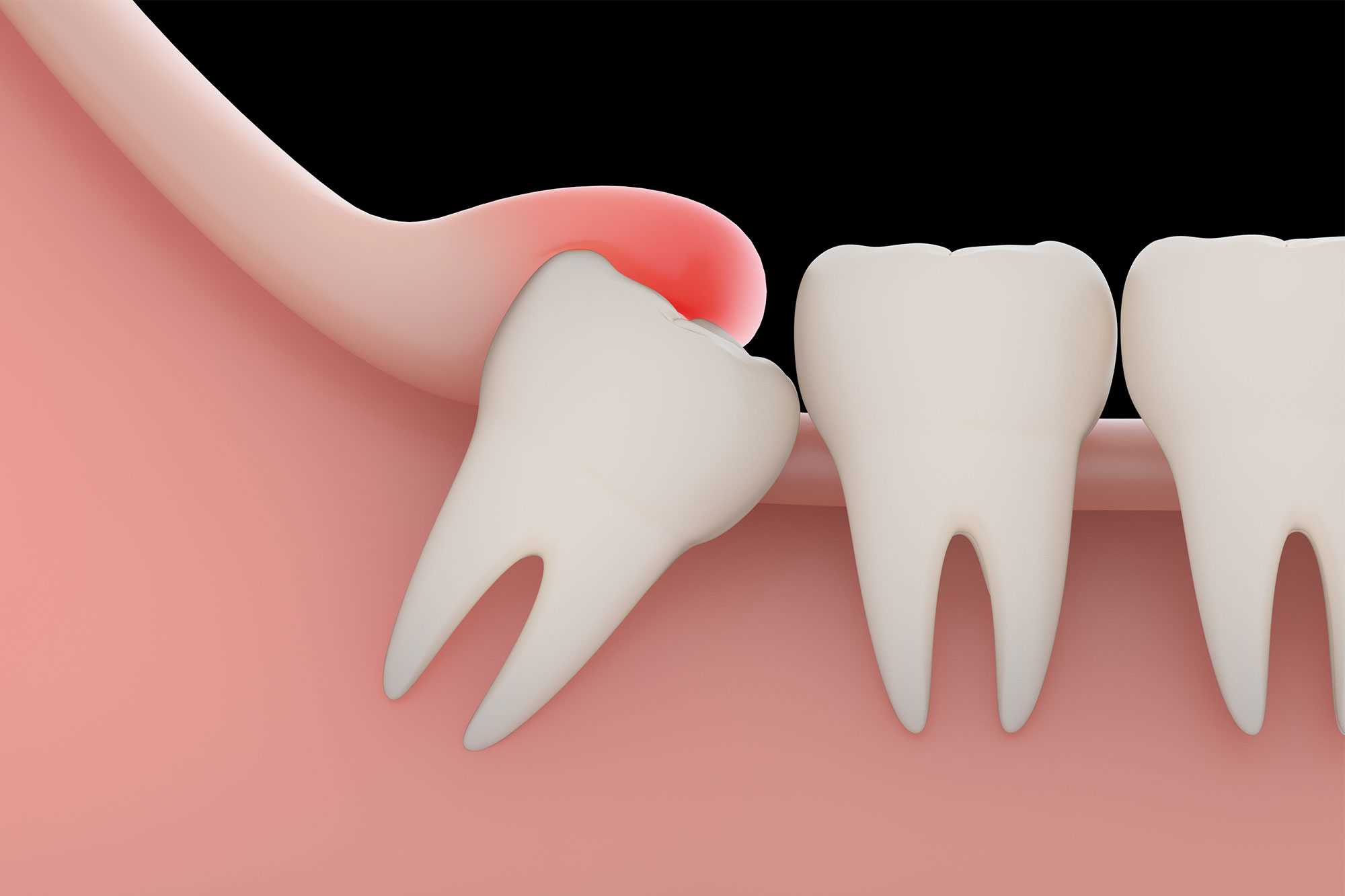Wisdom Tooth Removal
Wisdom tooth removal can be carried out by a dentist or a specialist.
If your dentist recommends removing your wisdom teeth, they’ll take an X-ray of your mouth to help them determine who should carry out the procedure.
Any charges and payment methods should be discussed before the procedure begins. Read more about NHS dental charges.
Anaesthesia
Before having your wisdom teeth removed, you’ll be given an injection of local anaesthetic to numb the tooth and surrounding area.
If you’re particularly anxious about the procedure, your dentist or surgeon may give you a sedative to help you relax. This will usually be an injection into your arm.
General anaesthetic is rarely needed for wisdom tooth removal. It’s only occasionally used when the procedure is carried out in hospital. However, in this case, you should still be able to go home on the same day as the procedure.
Removing the wisdom tooth
If the tooth hasn’t come through the gum, a small cut (incision) will be made in the gum to access it. A small piece of the bone covering the tooth may also need to be removed.
The tooth may be cut into smaller parts to make it easier to remove through the opening. There’s less need to make an incision if the tooth has broken through the gum.
You’ll feel some pressure just before the tooth is removed, as your dentist or oral surgeon needs to widen the tooth socket by rocking the tooth back and forth before taking it out.
You shouldn’t feel any pain as your wisdom teeth are removed because the area will be numb. However, if you do feel pain during the procedure, tell your dentist or oral surgeon so they can give you more anaesthetic.
How long it takes to remove the tooth will vary. Simple procedures can take a few minutes, but it can take longer than 20 minutes if it’s more complicated.
After surgery
If an incision has been made, dissolving stitches are used to seal the gum. Your dentist will tell you how long the stitches take to dissolve (usually 7 to 10 days).
Your dentist may place gauze over the site of the extraction and ask you to keep pressure on it by biting your jaws together for up to an hour. This is to allow a blood clot to form in the empty tooth socket. Blood clots are part of the healing process, so try not to dislodge them.
In some cases, antibiotics may be prescribed if you have an ongoing infection.
For the 24 hours after removing your wisdom tooth, you should avoid:
rinsing your mouth out with liquid
drinking alcohol and smoking
drinking hot liquids such as tea or soup
strenuous physical activity



